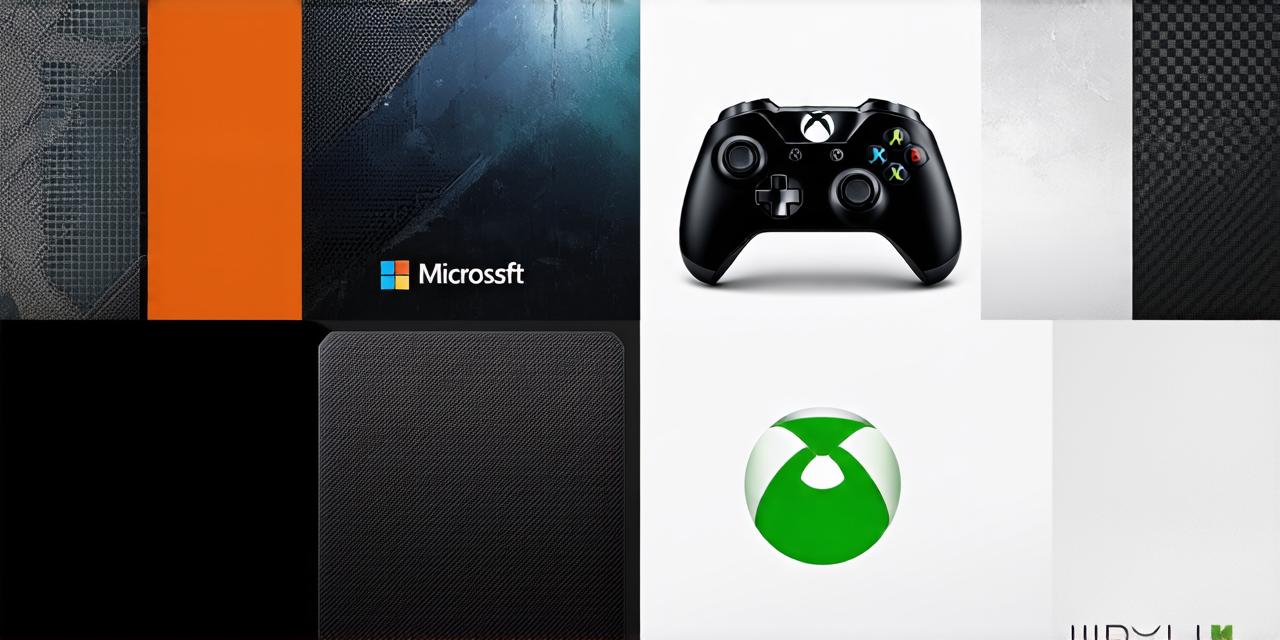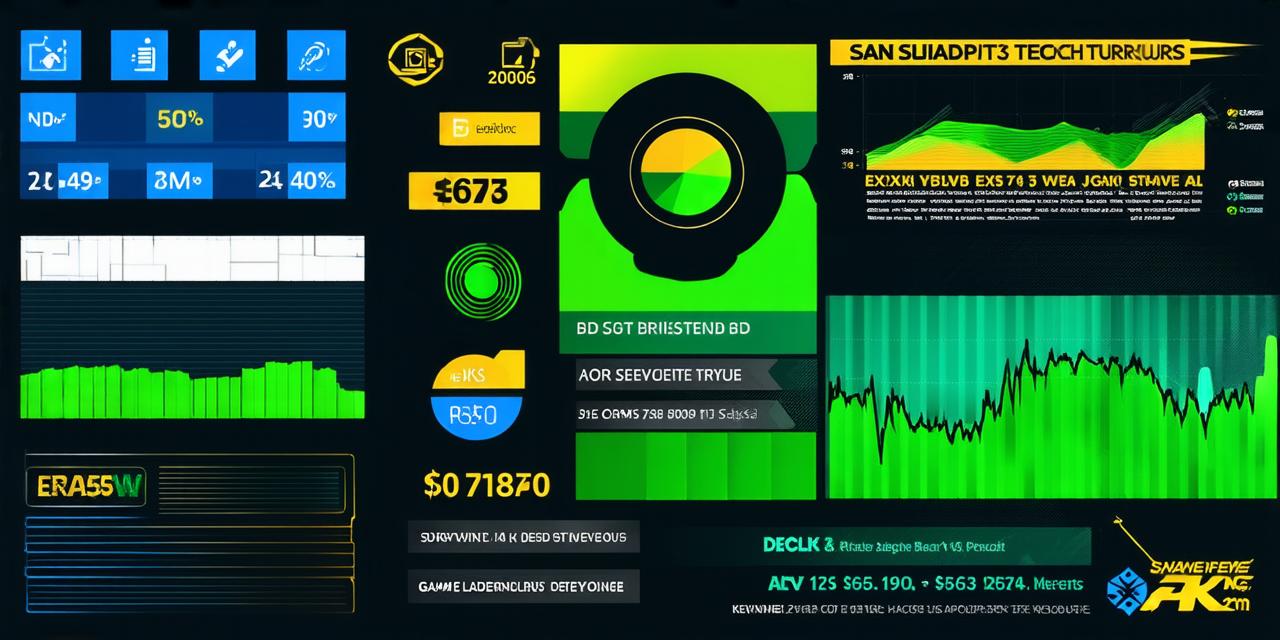How to Provide More Immersive Simulations in Future Games: A Comprehensive Guide for Game Developers
In recent years, game developers have been pushing the boundaries of what is possible in terms of creating immersive simulations. Whether it’s the ability to explore vast open worlds or interact with highly realistic characters, players are looking for games that can transport them into new and exciting realms of experience.
1. Virtual Reality (VR)
One of the most obvious ways to create a more immersive gaming experience is to use virtual reality technology. By placing players in a fully immersive 3D environment, VR can provide an unparalleled level of interactivity and realism.
For example, VR games like Beat Saber and Half-Life: Alyx have become incredibly popular due to their ability to transport players into fantastical worlds where they can engage in highly physical activities.
However, there are a number of challenges associated with using VR technology in games. One of the biggest is the issue of motion sickness, which can occur when players move around too quickly or experience sudden changes in direction.
Additionally, VR hardware can be expensive and requires a powerful computer to run smoothly. Finally, there are concerns about the long-term effects of prolonged use of VR on the brain and body.
2. Augmented Reality (AR)
Augmented reality technology is another way that game developers are seeking to create more immersive simulations in future games. AR allows players to interact with virtual objects and characters in the real world, creating a hybrid reality experience that can be both engaging and educational.
For example, the Pokemon Go app uses AR technology to allow players to catch virtual creatures in their real-world surroundings.
However, there are also challenges associated with using AR technology in games. One of the biggest is the issue of tracking, which can be difficult when players are moving around quickly or interacting with objects in complex ways.
Additionally, AR requires a certain level of interaction with the real world, which may not always be possible for all players. Finally, there are concerns about the potential impact of AR on social interactions and privacy.
3. Haptic Feedback
Haptic feedback technology is another way that game developers are seeking to create more immersive simulations in future games. By providing players with tactile sensations that correspond to their actions within the game world, haptic feedback can help to create a more realistic and engaging experience.
For example, the DualSense controller for the PlayStation 5 includes haptic feedback features that allow players to feel vibrations and resistance as they interact with virtual objects in the game.

However, there are also challenges associated with using haptic feedback technology in games. One of the biggest is the issue of accuracy, which can be difficult to achieve when trying to simulate complex tactile sensations.
Additionally, haptic feedback may not always be appropriate for all players, particularly those with disabilities or certain medical conditions. Finally, there are concerns about the potential impact of haptic feedback on player health and well-being.
4. Motion Capture
Motion capture technology is another way that game developers are seeking to create more realistic simulations in future games. By capturing the movements of real actors and translating them into virtual characters, motion capture can help to create highly realistic and expressive characters that players can interact with in a more natural way.
For example, the Uncharted series uses motion capture technology to bring its characters to life in a highly realistic and engaging way.
However, there are also challenges associated with using motion capture technology in games. One of the biggest is the issue of cost, which can be prohibitive for smaller game studios or independent developers.
Additionally, motion capture may not always be appropriate for all types of characters or situations, particularly when trying to simulate complex or abstract movements. Finally, there are concerns about the potential impact of motion capture on the acting profession and the way that actors are perceived by players.



